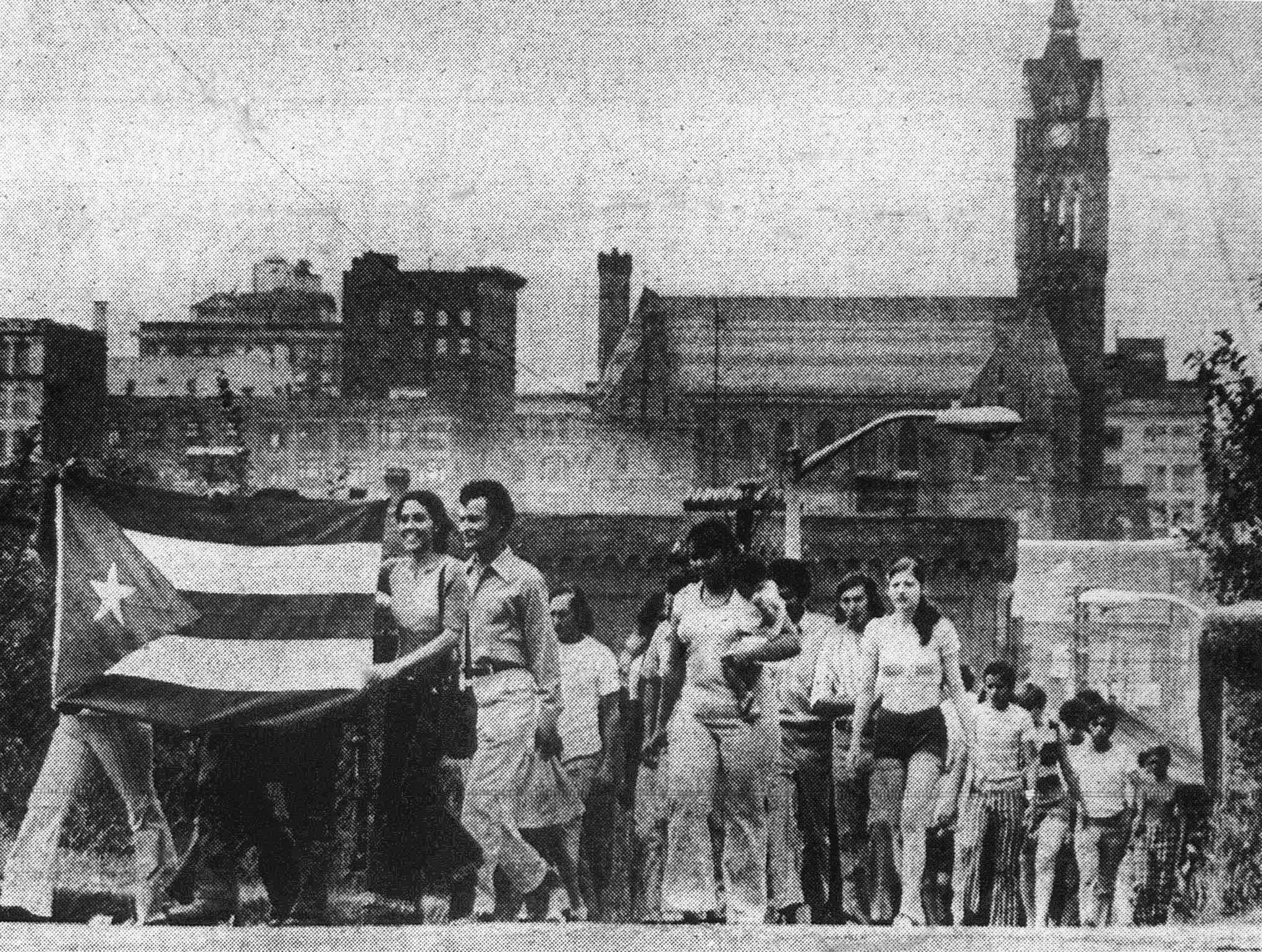
Enduring Legacies of Puerto Rican Labor in the Connecticut River Valley
By Emilia Tamayo, Digital Engagement Coordinator
Sugar loaves, molasses, rum, and “Porto Rican” cigars became familiar commodities in the Connecticut River Valley by the 18th century. Dry goods stores in Franklin, Hampden, Hampshire, and Berkshire Counties advertised these agricultural imports produced by enslaved labor in Puerto Rico before the island came under U.S. colonial control in 1898. Connecticut River Valley households provisioned their homes with accessories and tableware for their imported goods, from sugar bowls (HD 1382.05) and steel sugar nippers (HD 0270) to “black glass” liquor bottles (HD 1754). Puerto Rican edible and material culture became known throughout the Valley while the island and its people remained absent from daily life. How, then, did the Connecticut River Valley become home today to the largest Puerto Rican population per capita in the continental United States?[1]
The Spanish American War of 1898 brought Cuba and Puerto Rico to the forefront of local discourse as U.S. militarism spread around the world. Increasingly lurid reporting by Joseph Pulitzer and William Randolph Hearst’s competing New York newspapers compelled the U.S. public to support a war. Many Western and Central Massachusetts men enlisted in the 2nd Massachusetts Volunteer Regiment. Newspapers framed the war within a tradition of sympathy against the colonized, masking political and economic interests. At stake were material investments distributing Caribbean exports throughout the Connecticut River Valley and beyond.
The 2nd Massachusetts Volunteer Regiment was the only volunteer unit at the pivotal battle of El Caney, Cuba, which ultimately ensured U.S. military occupation of the last remaining Spanish insular colonies around the world: Cuba, Puerto Rico, the Philippines, Guam, and the Mariana Islands. The War’s outcome also finalized U.S. control of Panama, taken from Colombia following the Thousand Days’ War, and the annexation of Hawai’i from its final Native Hawaiian sovereign, Queen Lili’uokalani. Globalization fueled public awareness far beyond the levels that sugar and rum once afforded the Connecticut River Valley.
Connecticut River Valley political leaders were among the first to capitalize when free trade was established between Puerto Rico and the U.S. in 1901. Mayor William Hayes of Springfield and local business leaders warmly welcomed a Puerto Rican civic and business delegation to tour the city’s industries. Newspapers publicized the event’s success throughout the Valley, quoting Mayor Hayes’s remarks to the delegation: , “You will never again be subjects, and the greatest freedom that you can attain, other than your own complete control and government of your island, will be its admission into the Union of American states….it is my pleasure and my honor to extend to you the welcome of the city of Springfield and its people.”[2]
To this day, Puerto Ricans remain engaged in the balancing act between the economic freedoms promised by the “American Dream” and the lack of autonomy that Mayor Hayes describes. The 1901 delegation established lasting commercial trade between the island and the Valley. Stores once advertising sparse quantities of “Fine Porto Rican” sugar and cigars became wholesalers of molasses by the gallon, along with crates of “Choice Porto Rican Coffee,” oranges, pineapples, and grapefruit.[3]
This trend at the turn of the century defined the Valley’s socioeconomic panorama. The first classes of a “few well to do” students were admitted from Puerto Rico into private institutions such as the Williston Academy of Easthampton and American International College of Springfield.[4] Commercial leader John E. Stevens of the Ludlow Manufacturing Company remarked in the newspaper, “A few years ago we thought of Porto Rico as one of the sleepy islands of the West Indies in which we had little interest. Today how great is the change. We welcome these … fellow patriots.”[5] However, Stevens’s enthusiasm was not unanimous across the Valley.
The New England Tobacco Growers Association resisted postwar trade with Puerto Rico, fearing Caribbean competition with local farmers. Alfred Francis Austin of Suffield, Connecticut, warned newspapers that tariff-free trade would cause “the ultimate ruin to the tobacco interests not only of New England but all other tobacco sections of the mainland United States.”[6] 125 years later we can ask, who was right? Did Puerto Rican labor bring the downfall or the revival of Connecticut River Valley commerce?
At a time when child labor laws and WWII shortages challenged local farms, Puerto Ricans earned as little as half the minimum wage to farm tobacco in the Valley. State policies treated Caribbean labor like a commodity to be imported and exported. This exploitation ultimately revived mid-20th century tobacco farming in the Valley. It was the island’s agricultural sector that would never recover. WWII-era U.S. policies instituted an import economy that strangled Puerto Rican agriculture, dropping from 45% of the island’s workforce in 1940 to less than 1% today.[7] Only signage remains to remind of now abandoned farmlands (fig. 1).
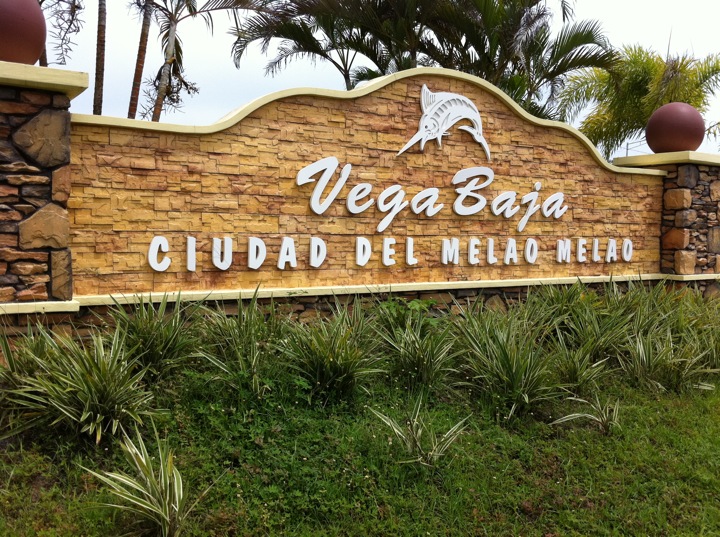
The import economy’s effects are still felt today. Island farmer Eliezer Molina explains, “We have an economic model of consumption,” by which native products are undercut by U.S. imports. The island’s reliance on an import economy has accumulated debt equivalent to 100% of its GDP.[8] Puerto Ricans on the island are uniquely constrained compared to their Western Massachusetts counterparts—islanders are disenfranchised, have the highest unemployment rates, and have had their major industries debilitated (fig. 2). These circumstances continue to encourage migration to the Valley, depleting the island’s workforce as in the 19th century.
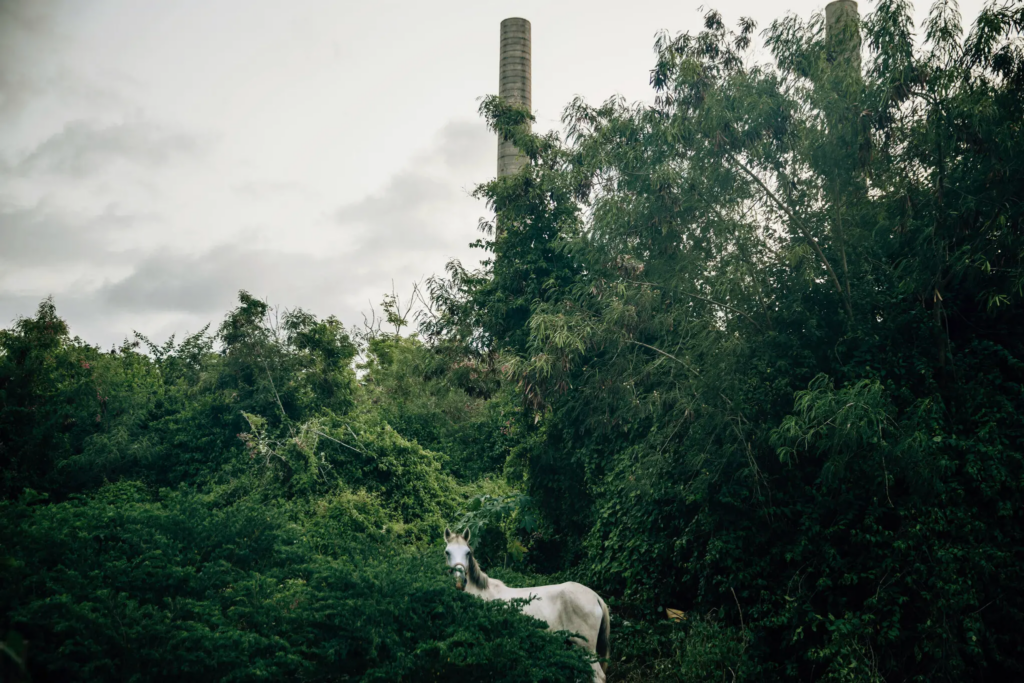
Where 19th century Puerto Rican labor was required, Puerto Rican residents were not always welcome. Springfield newspapers featured local tobacco-farm owners’ frustration with the settlement into New England life that Puerto Rican labor encouraged:
Everyone seems to forget we used to recruit workers from Jamaica. They were British subjects and when farm season was over, they had to go back home. Then the U.S. Department of Labor told us, ‘What are you doing, hiring Jamaicans? …Hire Puerto Ricans.’… We knew they’d stay. We knew they’d be out of work when the season was over. We knew they’d go on welfare. And I hate to say it — but we told you so.[9]
While racist sentiments toward the Valley’s Latino population were afforded thus a public forum, the Puerto Rican population nevertheless refused to fade into the sidelines or assimilate into the white status quo. By 1960, Puerto Rican labor had moved from the agricultural sector into manufacturing, the service industry, and small businesses; members of the community excelled in athletics and local leadership (fig. 3). Puerto Ricans had filled educational roles for some time, such as Daisy Mattai, a University of Puerto Rico graduate who was hired by Greenfield’s Burnham School for Girls in 1927, becoming a local church leader and speaker.[10]
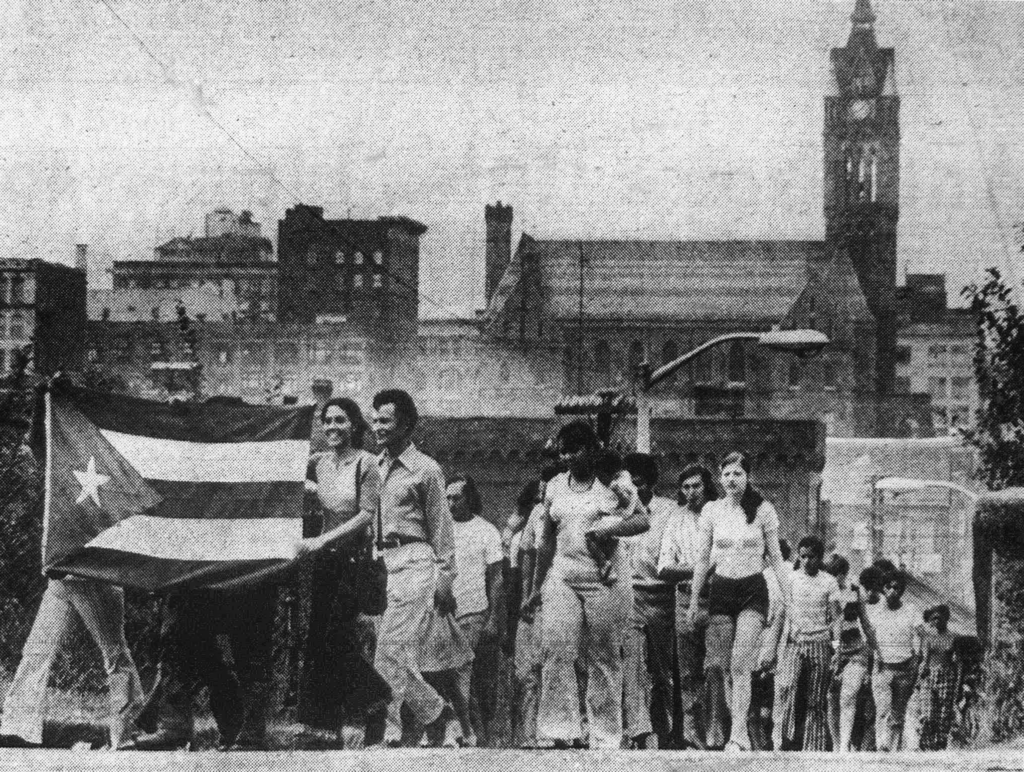
Visitors driving into Deerfield or through the Connecticut River Valley may notice throughout their journey long wooden barns once used for drying tobacco leaves. These architecturally simple monuments lent their inspiration to the design of the Flynt Center of Early New England Life at Historic Deerfield (fig. 4). Though now largely abandoned, tobacco barns recall the cultural legacy of Puerto Rican labor in New England, creating the Valley’s first Latino communities.
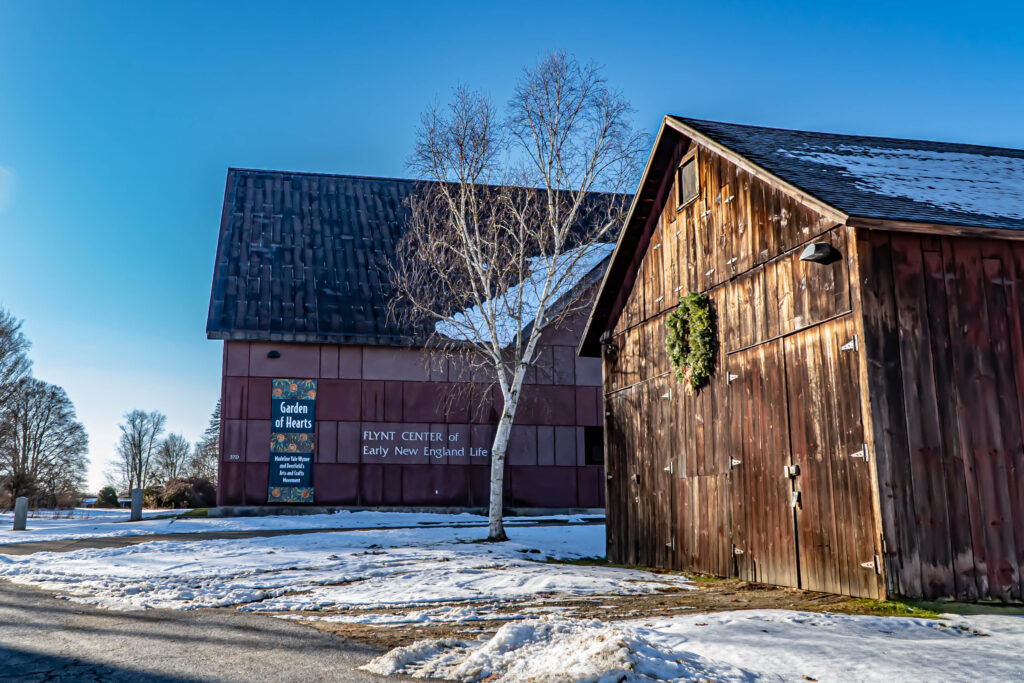
Carvalho, Joseph. “The Puerto Rican Community of Western Massachusetts, 1898–1960.” Historical Journal of Massachusetts, Vol. 43 No. 2 (2015): 35-61. Retrieved from: https://www.westfield.ma.edu/historical-journal/wp-content/uploads/2019/11/The-Puerto-Rican-Community-of-Western-Massachusetts-1898-1960-by-Joseph-Carvalho-III.pdf.
Torres, Andres. Latinos in New England. Philadelphia: Temple University Press, 2006. https://books.google.com/books?id=T_ZnZ3LKCd0C&printsec=frontcover&source=gbs_ge_summary_r&cad=0#v=onepage&q&f=false
Lewis, Quentin. “Materiality, White Public Space, and Historical Commemoration in Nineteenth-Century Deerfield, Massachusetts.” in The Archaeology of Race in the Northeast edited by Christopher N. Matthews, and Allison Manfra McGovern, 273–290. Gainesville: University Press of Florida, 2015. https://doi.org/10.5744/florida/9780813060576.003.0014.
[1] U.S. Census Bureau (2010)
[2] Springfield Republican (October 1901)
[3] Westfield Times and Newsletter (August 1899 and May 1900)
[4] AIC was then called the Springfield French Protestant College. Boston Herald (June 1903) and Springfield Republican (September 1901)
[5] Springfield Republican (October 1901)
[6] Springfield Republican (December 1899)
[7] New York Times (October 2021)
[8] New York Times (October 2021)
[9] Springfield Union (May 1959)
[10] Springfield Republican (November 1928)